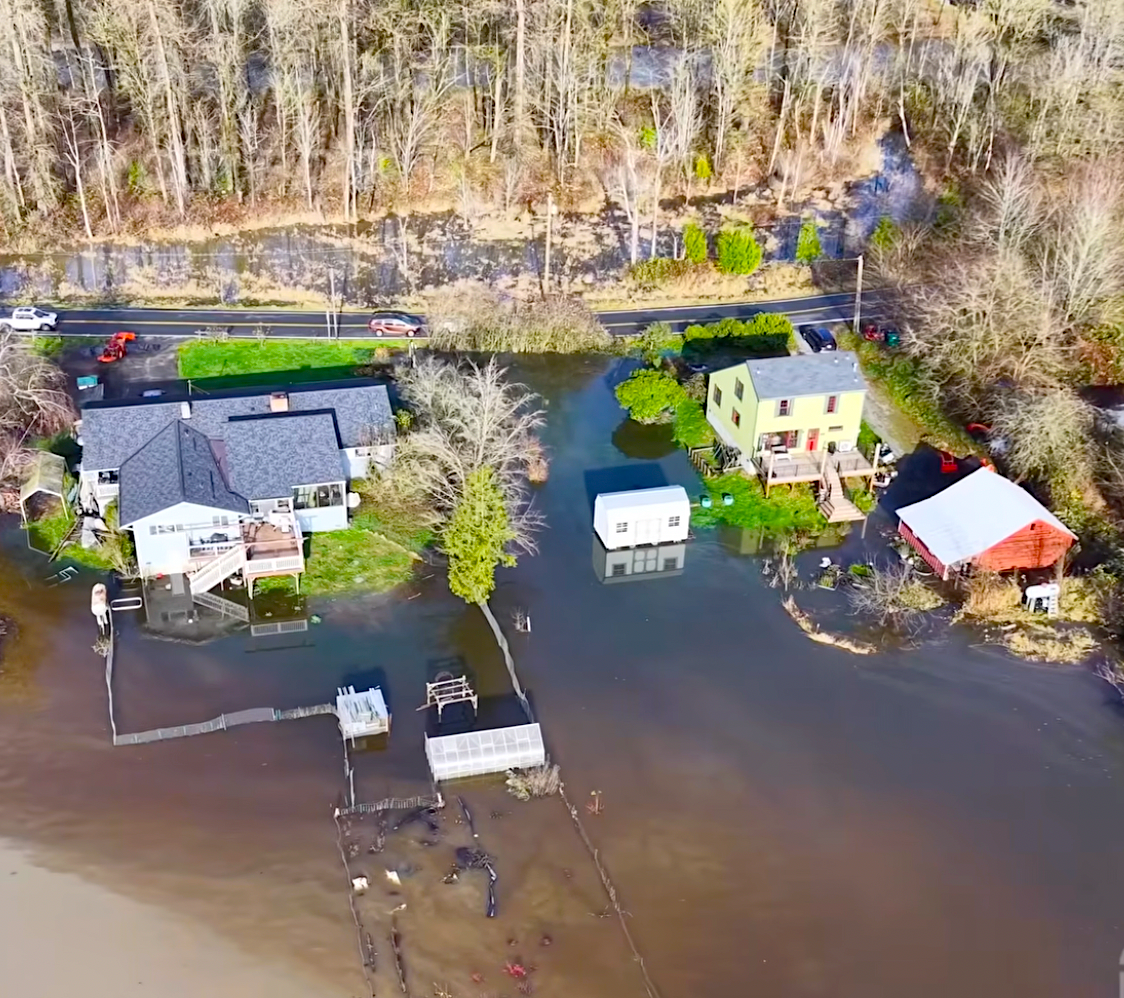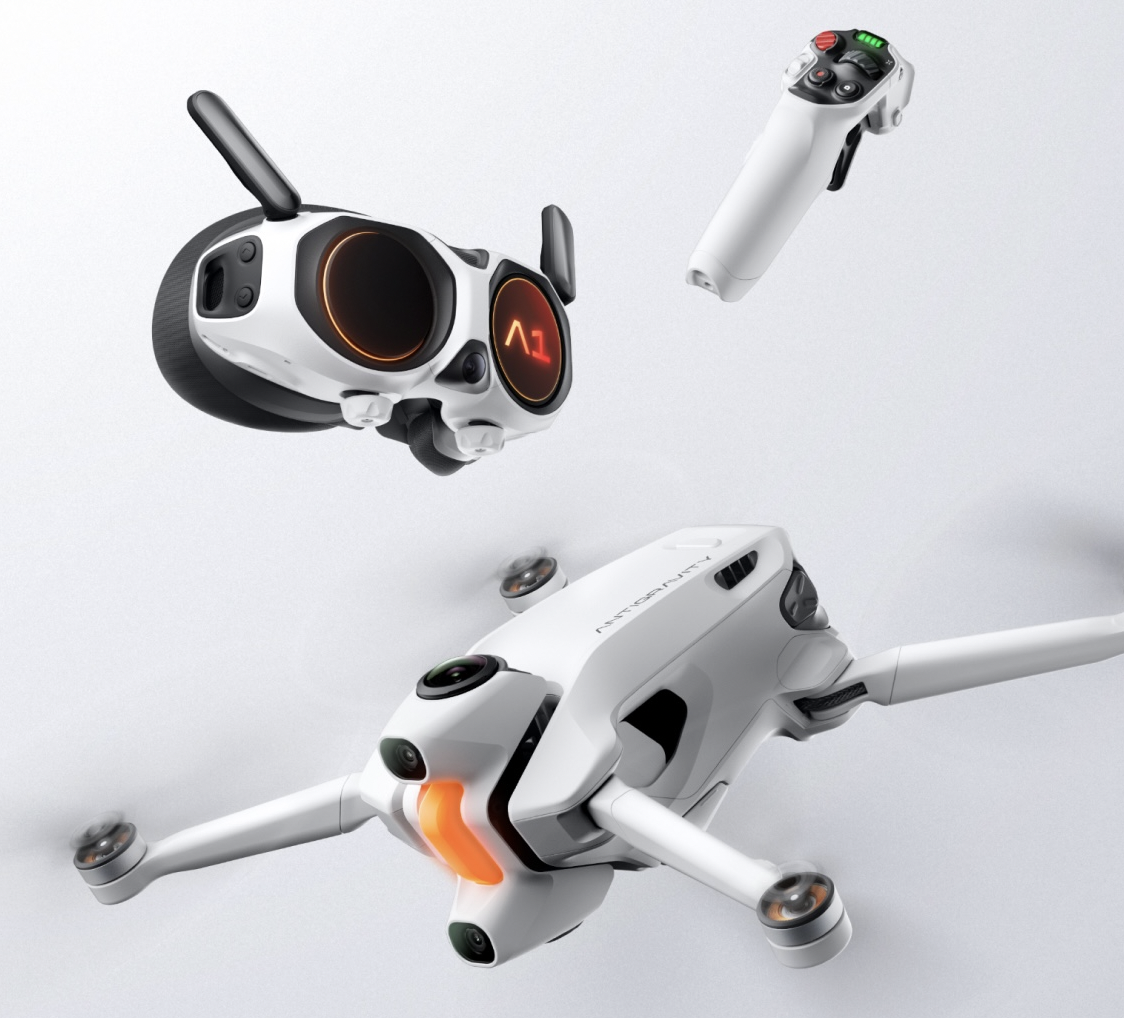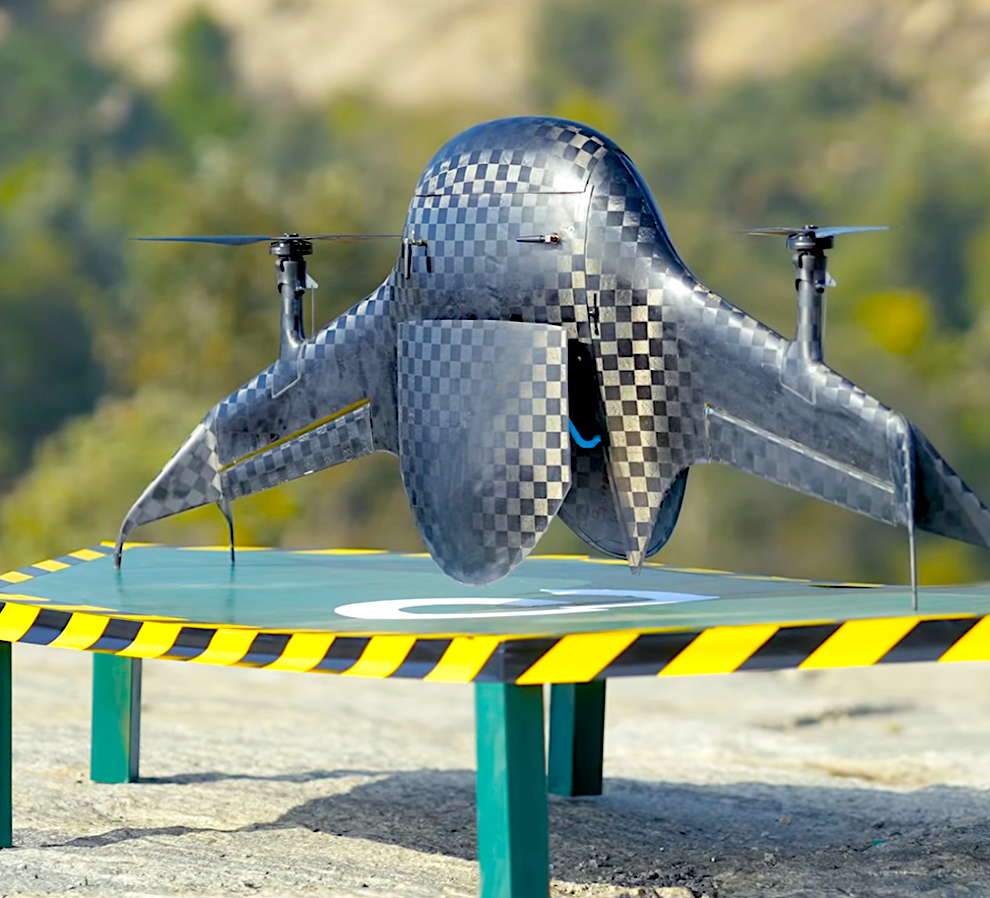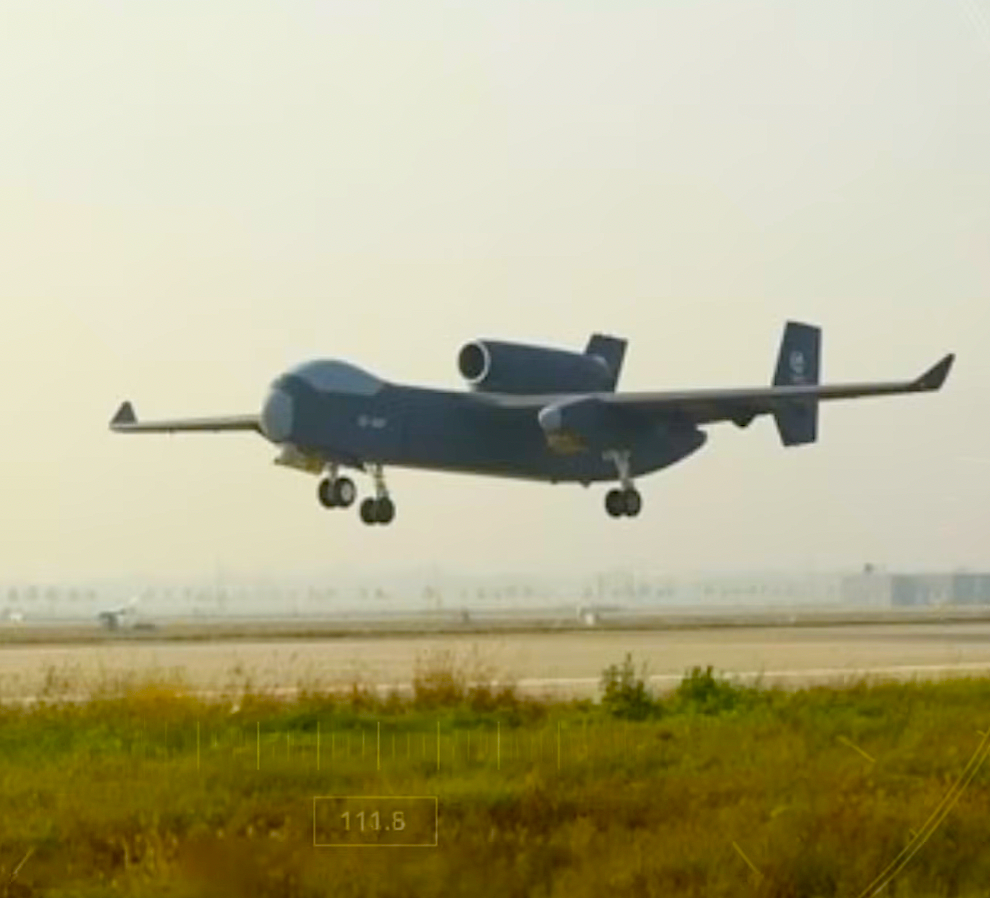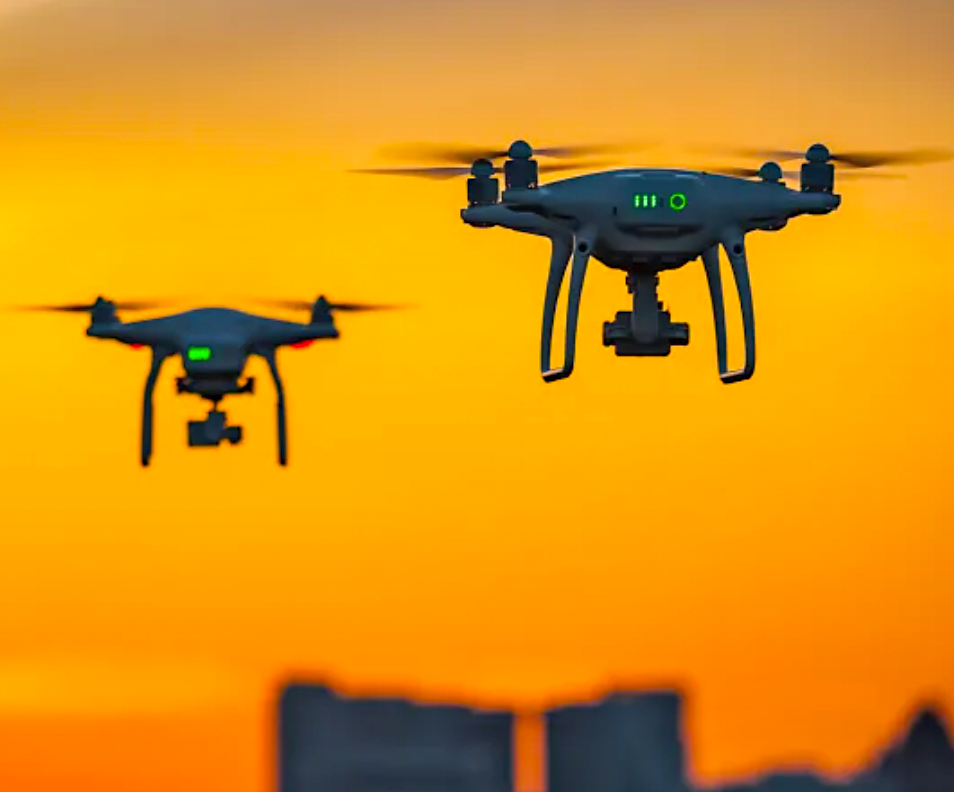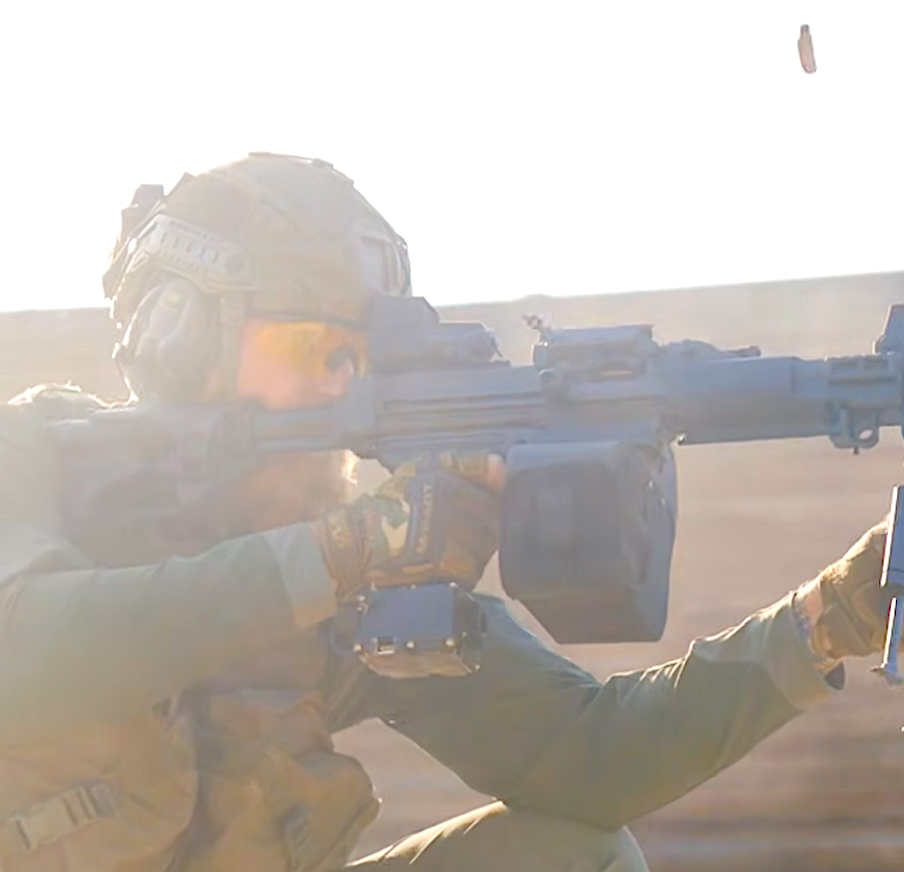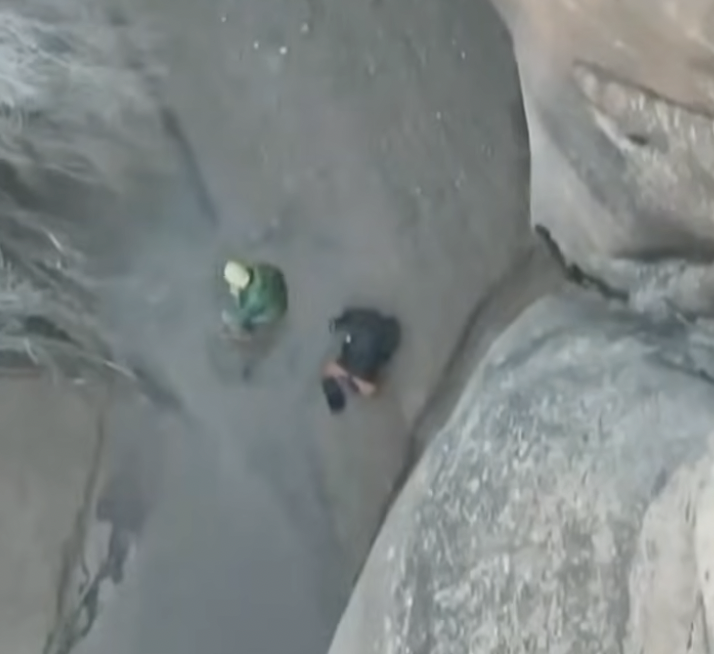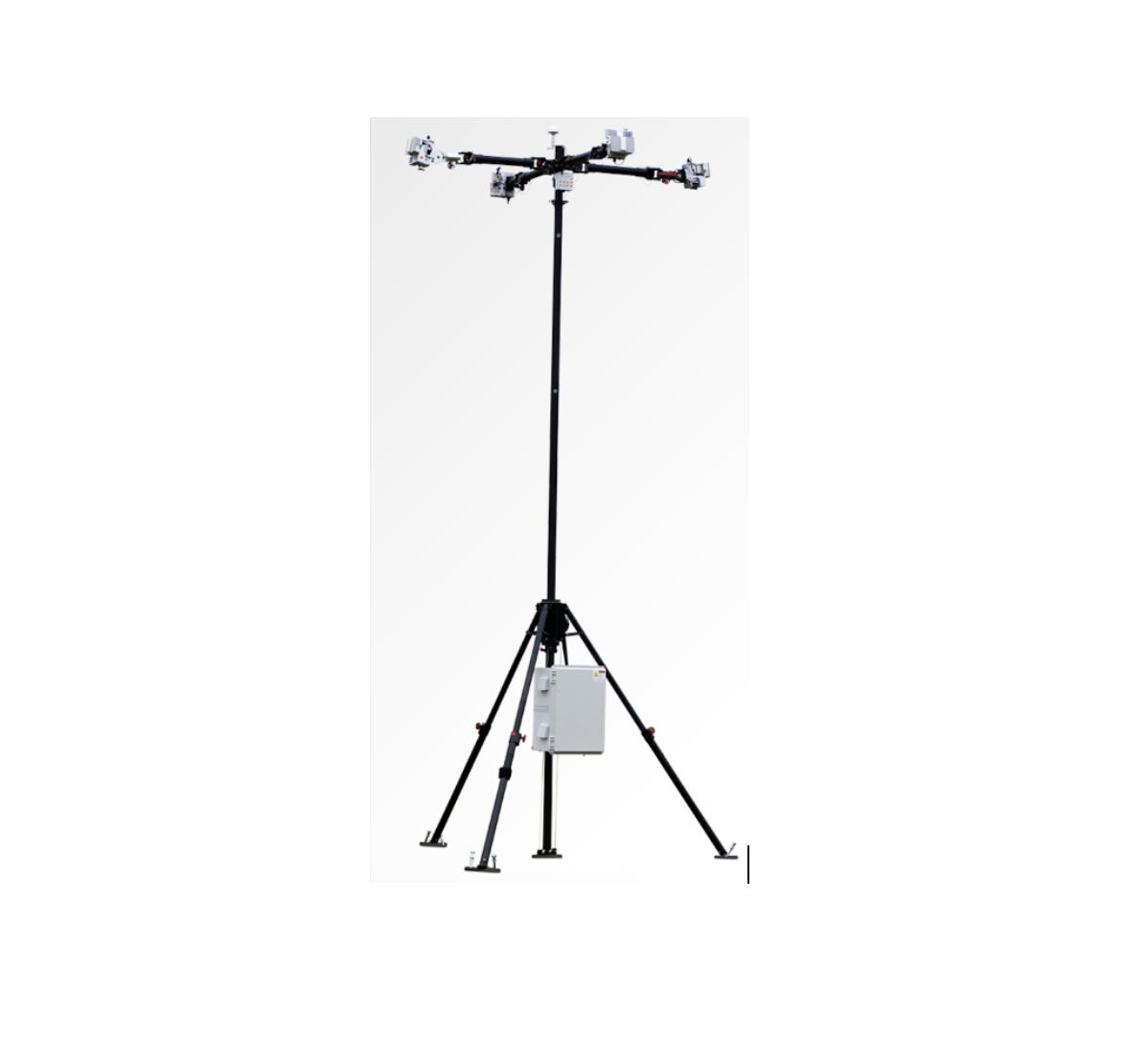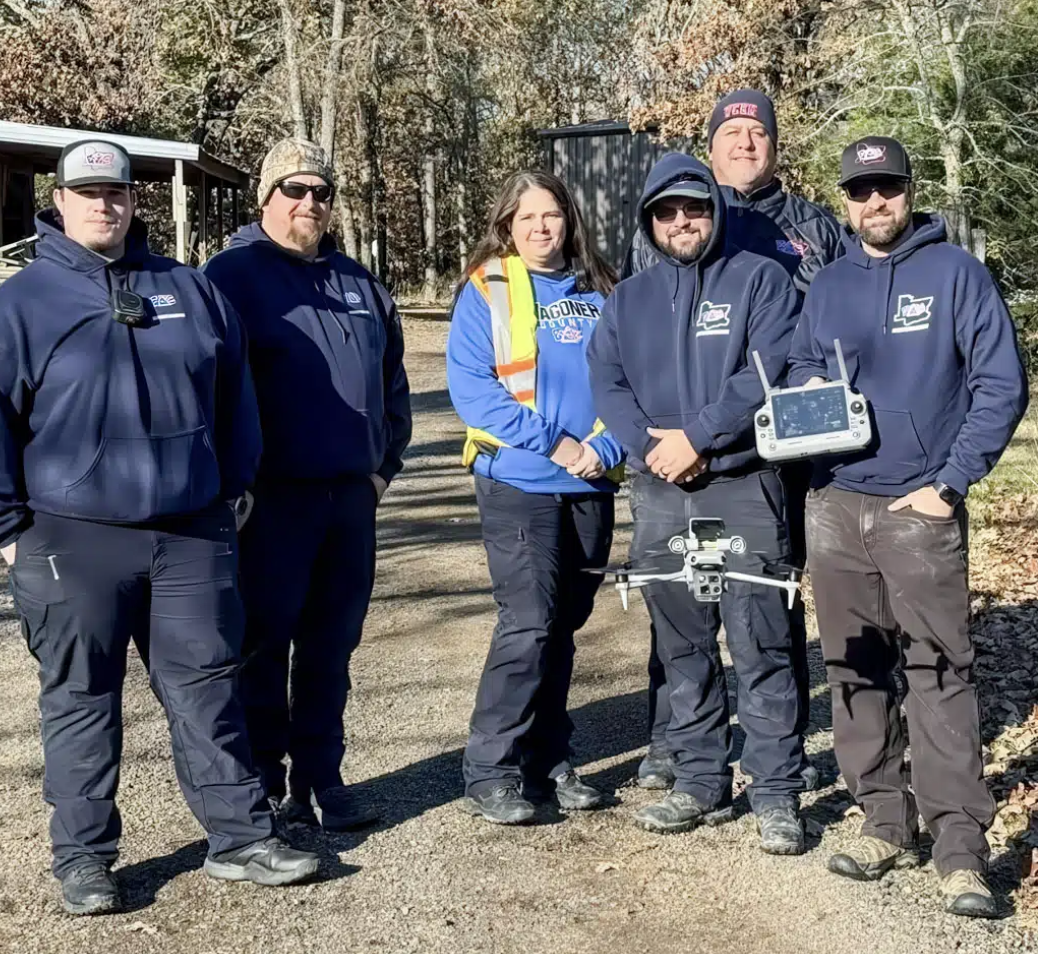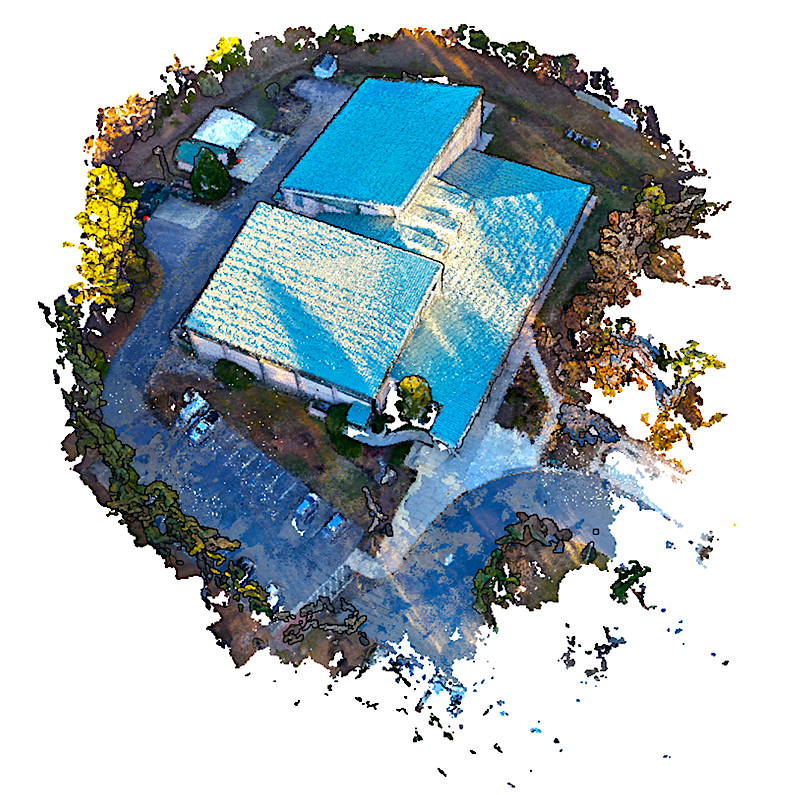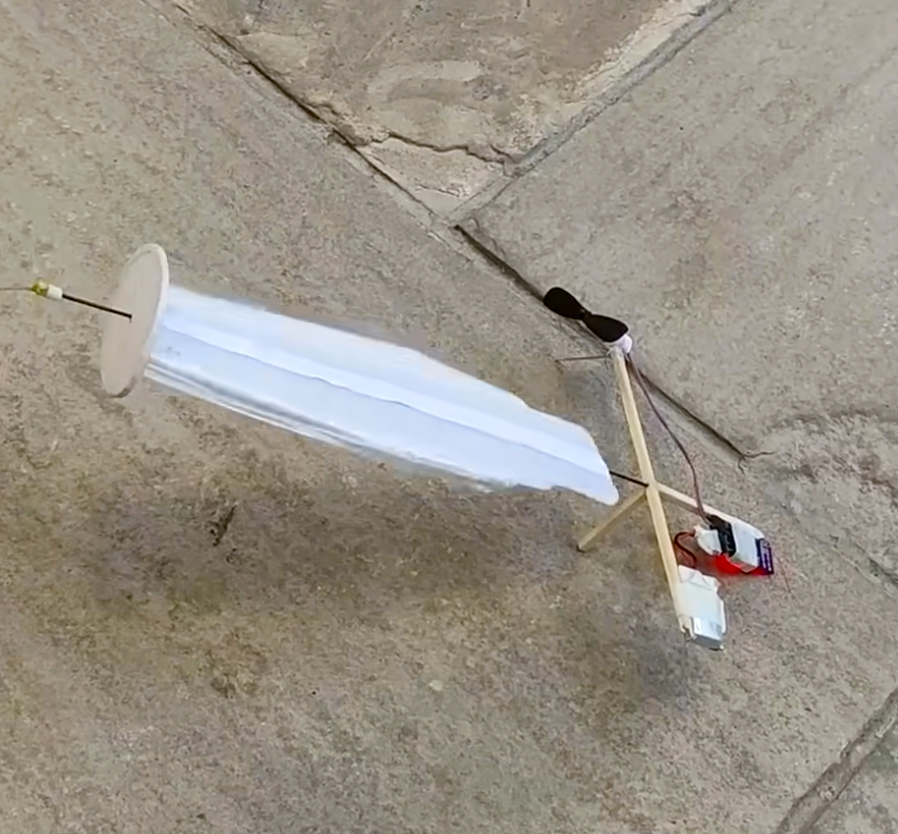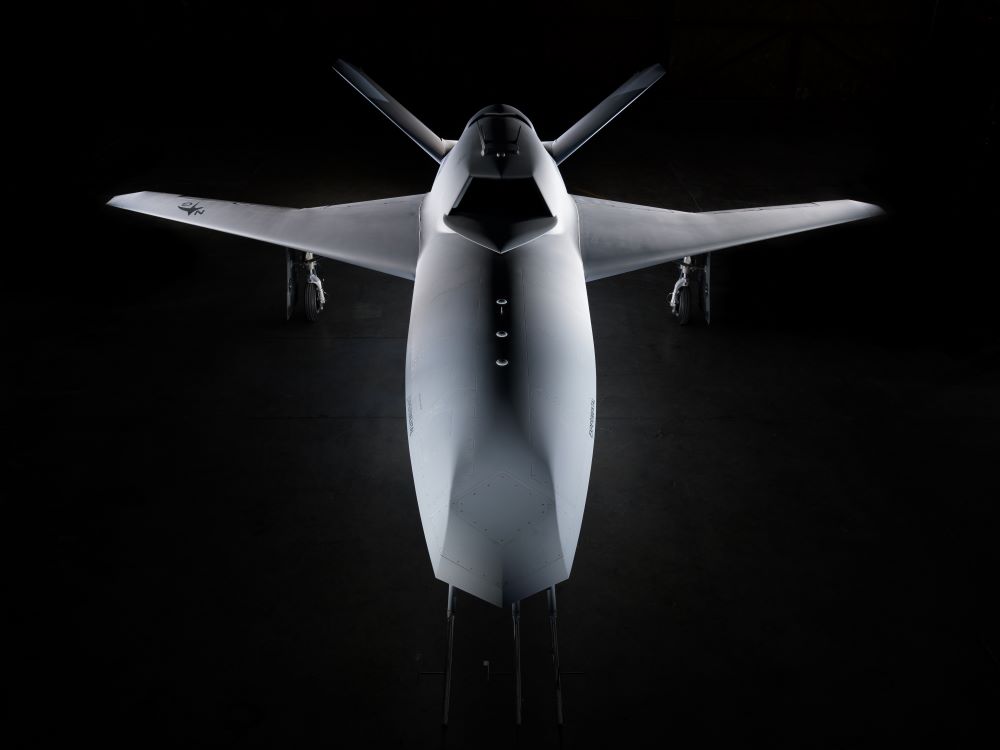Featured NewsDrone EducationProduct NewsWarrenUAS Student Profile: Ray O’Connor
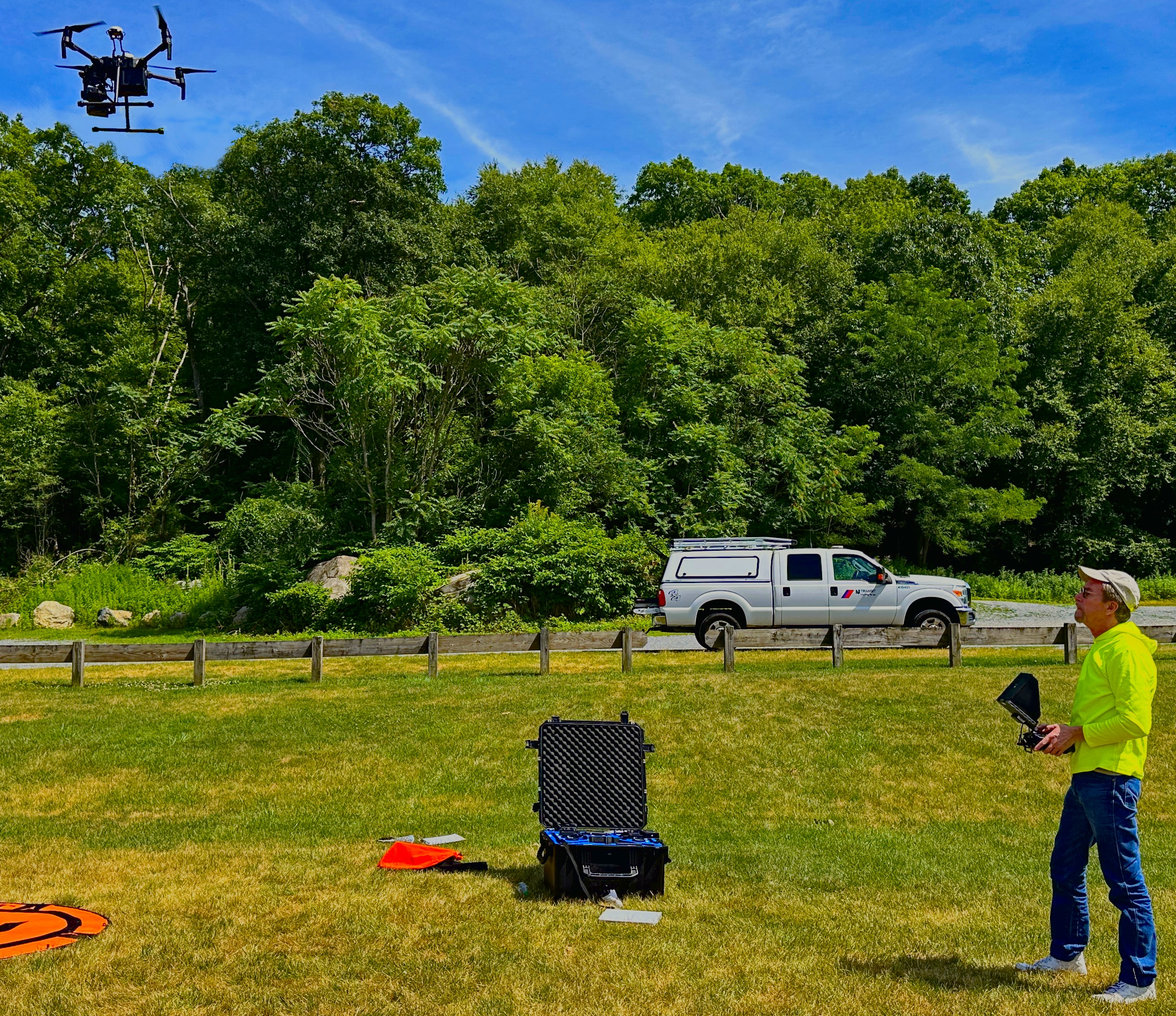
09 October 2025
Ray O’Connor’s artistic interests had always generated most of his hobbies and career choices, and now he can see how it led him to drones.
His artwork has ranged from illustration, blacksmithing and airbrushing to welding, sculpture and digital modeling, and his jobs have included work in practical and computer modeling, animation, mold-making and sign creation. Masonry filled in the gaps between artistic pursuits.
Then came drones – training at WarrenUAS and a unique opportunity to participate in the development of a drone program at a massive public transit provider. O’Connor believes it is a logical next step that fits his diverse interests.
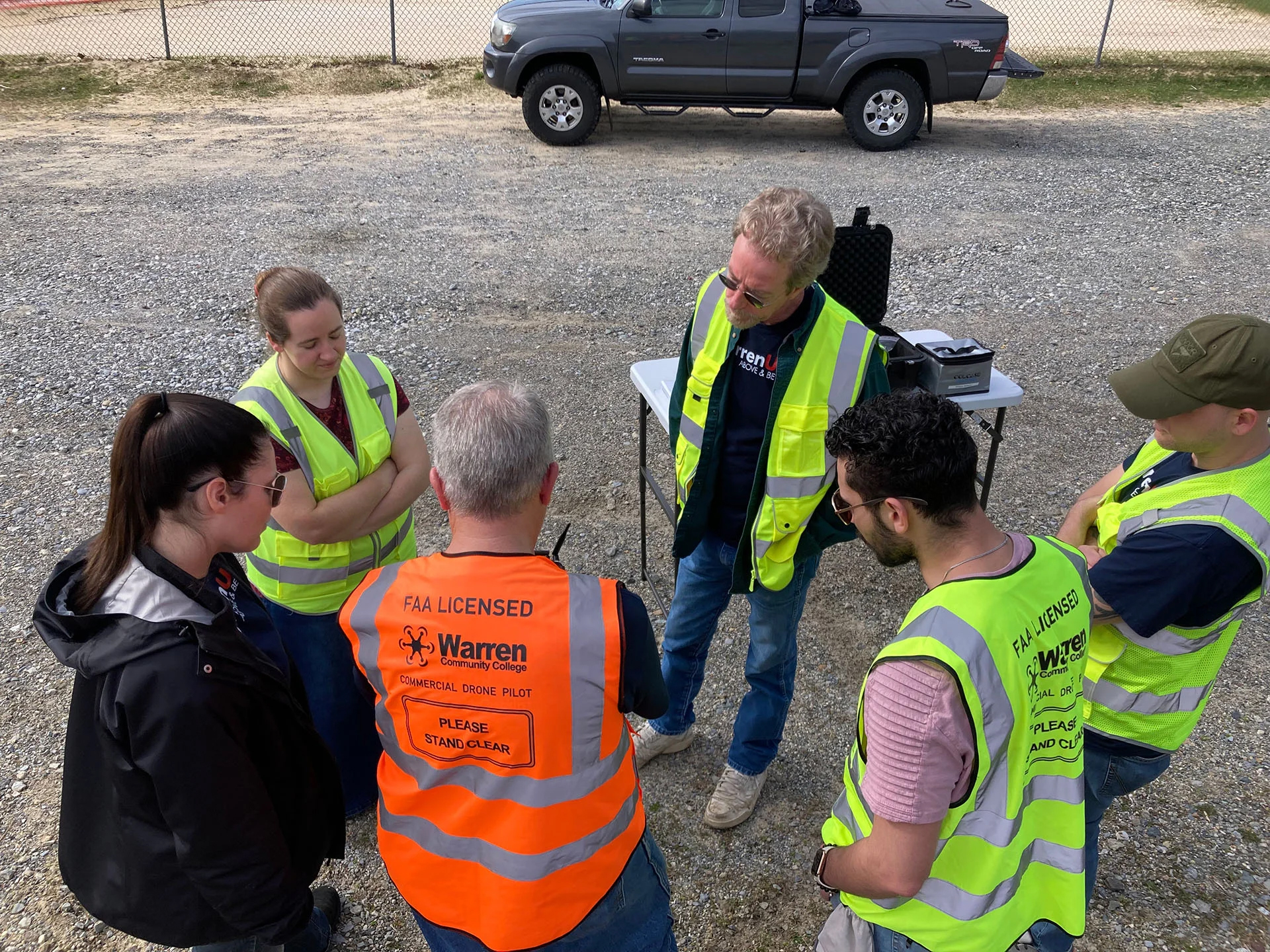
“I had gone back to work as a brick and stone mason, which can be grueling. As we worked in the hot sun listening to the radio, I kept hearing these ads for Warren County Community College’s drone training program,” he said. “I’d always been interested in drones from an artist’s perspective, because of the unique opportunities it offered for photography and videography, and I’ve been interested in technology and its potential for spurring creativity, even in the process of simply finding new ways to use it.
He said he found training at WarrenUAS, the colleges acclaimed drone program, involved photogrammetric modeling, robotics and 3D printing which intrigued him even more.
“Those ads did their trick. It was time to find something different, so I visited the college and could see it had a lot to offer.”
O’Connor enrolled at WarrenUAS and completed its intensive two-year program, getting hired just before graduation as a paid intern with the New Jersey Transit Corporation (NJT) to help further develop the burgeoning drone department for the massive system.
He graduated with honors and Warren County Community College and President Will Austin, who has been directly involved in the drone training program, said he took full advantage of the world-class program at WarrenUAS.
“Ray worked hard on all three aspects of what we offer here – the classroom learning, the opportunities for research and the hands-on training in the design, repair and flight of drones. He really soaked up the material from our growing, diverse team of professionals here and learned a lot about various systems from our supply of the latest technology, which is probably one of the broadest among educational institutions.”
Several extensions of his internship led to fourteen months with the UAS Team at NJT, and now he’s hopeful that internship will eventually turn into a full-time position.
Under the leadership of Andy Schwartz, who started NJT’s use of drones, O’Connor helped two other recent Warren grads continue building a program that provides NJT with a surprising array of new capabilities.
WarrenUAS grads Jacob Heimo and Tom Knibbs also have been developing the drone program at NJT to provide services to meet a wide range of company requirements – from rail line, communications tower and tunnel inspection to modeling historic stations that are scheduled for renovation.
“Departments within NJT are starting to realize what drones can offer them, and now they’re asking the UAS Team to undertake new work,” O’Connor said. “It’s been a great opportunity for us and a valuable resource for them.”
O’Connor also says the drone department has gained senior leadership support at the company, which employs about 12,000 people, covering a service area of 5,325 square miles with about 2,200 buses, 1,200 trains, and 93 light rail vehicles.
O’Connor enjoys flying drones and building digital models, but he says there are many other applications of drone technology that he finds interesting, noting that building and assembling drones, using them for security, and flying them beyond visual line of sight (BVLOS) are all areas where drones are literally taking off.
He’s already been heavily involved with mission planning and set-up operations for BVLOS, allowing the UAS Team to start flying beyond the sight of operators
And as NJT has acquired sophisticated new aircraft, software, and sensors, O’Connor says he had “amazing opportunities to learn and grow, using that new gear – flying the latest aircraft, capturing and processing LiDAR point clouds, using thermal imaging and learning new software.”
As one example, the UAS Team was asked by SHPO, the New Jersey State Historic Preservation Office, to document the historic Bloomfield Station prior to renovation. Dating back to 1911, the station had been closed for years after falling into disrepair.
The team initially went to do a site survey and worked out the plan for the mission.
“We were to not only capture the exterior, but to fully recreate the interior as well.” We captured the interior with a high-end Matterport 360 camera with LiDAR. The result is a fully detailed visual model that the viewer can move through and look at in 360°.”
For the exterior, the three used drones to fly and hand capture over 24,000 photos in a six-hour window. A digital twin is being created in high-end photogrammetry software and will be viewable as both a 3D model and a gaussian splat. There are also plans, after renovation, to have a physical, scaled model on display in a case at the station, representing when the station was new.”
NJT has previously enlisted the team in work on a similar project for another historic station that needs repair in Mahwah, NJ, creating a detailed, digital model of the exterior.
“You can climb onto the roof to look at the condition of the chimney, or inspect the flashing on the parapet, all from the comfort of your computer chair”, O’Connor says about the value of such models.
The UAS Team was also asked to capture promotional photos and videos of other stations, including one that coincided with the opening of the new Lyndhurst Station. They also captured media for the grand Hoboken Terminal, which is also being renovated.
“The Hoboken Terminal was in the densest of airspace, Newark Class B, and within the NYC Special Flight Rules Area, but that mission was one of the most enjoyable ones we did,” he noted. “We traded off between flying and being visual observers because of the sheer amount of helicopter traffic in the area. But flying from the roof of that beautiful structure to capture it with the NYC skyline as our backdrop was incredible!”
The UAS Team has special waivers to fly in that airspace, and each one has certification to fly the Hudson River Exclusion Zone.
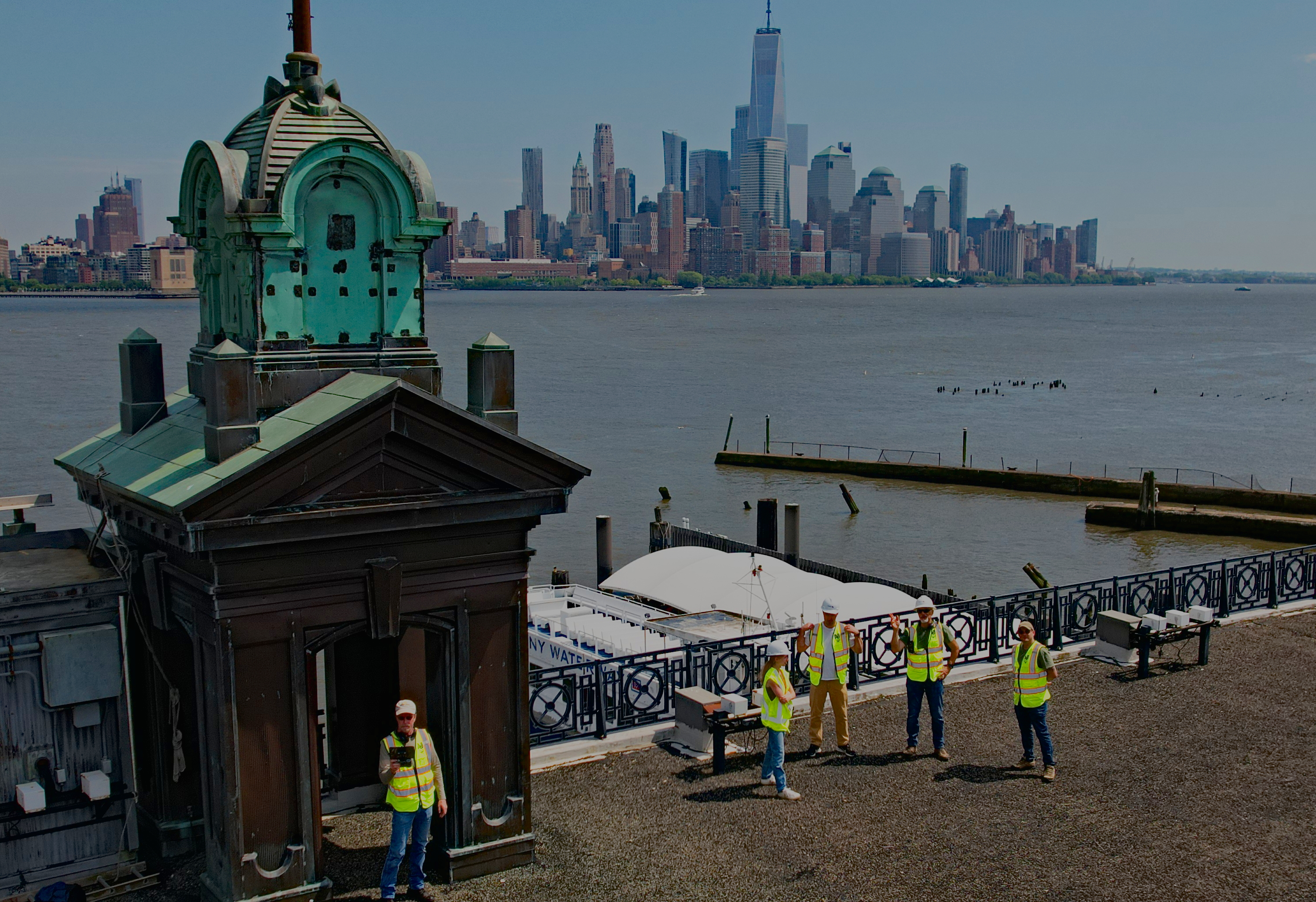
The team also documented the culmination of a formidable, well-publicized effort to replace a railroad bridge operated by multiple transportation agencies, including NJT, that reportedly carries more commuter railroad traffic than any other in the Western Hemisphere.
The 1910 bridge over the Hackensack River is a major bottleneck on the Northeast Corridor -- navigated at a slower speed and prone to not closing properly after swinging open to allow boats to go through. It is being replaced by a new bridge just upriver, which had to be floated down the Hudson River from upstate New York, where it was manufactured.
“We spent a day staying ahead of one 400-foot-long section weighting five million pounds as it was in transit, capturing video and images of it as it passed under bridges and past scenic spots. We then had to race downriver to set up and fly again,” O’Connor said. “It was a pretty memorable day.”
The team has also been flying NJT’s communication towers and creating models of them. In addition to founding and supervising the UAS Team, Schwartz heads the Radio and CCTV Departments. Having 3D re-creations of those towers allows his radio team to easily see the equipment on them and helps them plan for new additions.
All these missions require rigorous planning and prep to ensure the safest, most efficient operation, O’Connor said.
“There is no room for error on any of these missions. Airspace, weather, hazards, obstacles, train schedules, pedestrians, air and ground traffic all must all be factored in and mitigated to ensure the absolute safest outcome to any mission”, he said.
A great deal of the team’s day-to-day operations involve planning for upcoming missions as well as research and continued learning on aircraft and sensors, technical aspects, and software, as well as aircraft maintenance and ways to advance the department. There are plans for missions to monitor vegetation encroachment along rail lines and use corona discharge sensors to detect failing electrical equipment.
The NJT Police Department has also acquired drones and has trained with the UAS Team in the past, and the two NJT departments are planning for future cooperation.
O’Connor isn’t sure what he wants to do long term with his degree from WarrenUAS and experience at NJT, but he believes that there are a variety of options that often combine his varied interests. He says there are many aspects of the technology that “feel creative”, which is what drew him to fine art, modeling and animation, and led him to WarrenUAS.
“The possibilities are endless in this field – and it grows all the time. WarrenUAS is such a great place to get started on a career with drones by giving you a rock-solid foundation in all the fundamentals of the technology. Graduates come out as safe, aware, unmanned pilots with all the tools to start a career. I’ve told students currently there now that they should immerse themselves in all the program has to offer, they’ll love it, and it will offer them great opportunities.”
WarrenUAS has become one of the premier drone training programs in the country, offering students use of a multi-million-dollar drone fleet and state of the art facilities with access to a growing faculty of experts in the use of technology for agriculture, defense, law enforcement, environmentalism and other sectors where the systems are increasingly playing a role.
“Ray is a good example of the type of student who absorbs what we have to offer here and puts it to use in an engaging, lucrative career path,” said Will Austin, president of Warren County Community College, where Warren UAS and its new facilities for drone training are housed. Austin has played a key role in founding and building the program.
“We are training students with all the skills to enter a fast-growing workforce in drone technology – providing them with an exciting career path to institutions like the New Jersey Transit Corporation with important new capabilities.”
